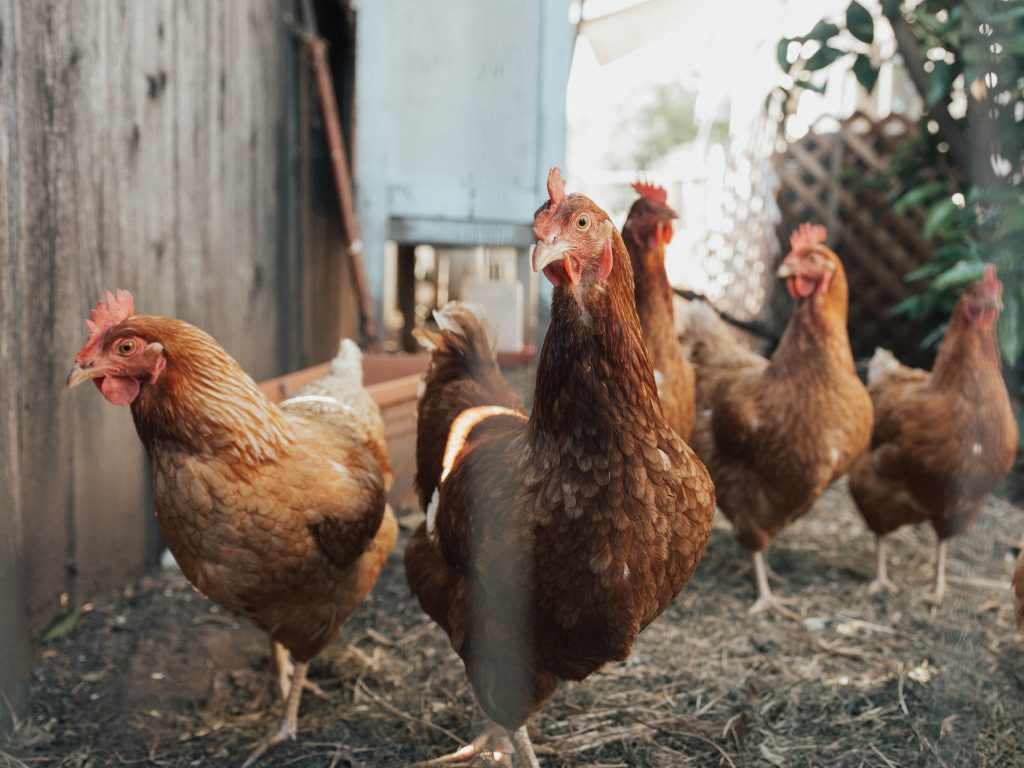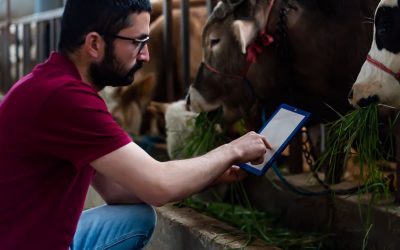A Look at Avian Influenza, The New UK Animal Health Challenge.
Introduction: what is avian influenza?
Avian influenza is an infectious disease that affects birds. It is a virus that spreads from bird to bird. In most cases, this disease does not affect humans. It can be deadly, as it can quickly spread through flocks of birds and cause large-scale Die-offs. In the past 60 years, there have been six pandemics of avian influenza in poultry populations worldwide (eastern Asia in 1997, southern Africa in 2002, Europe in 2003, Russia/Eastern Europe in 2004 and East Asia again in 2015 ) also there is the recent outbreak in the UK that country is facing lots of challenges. There are many different strains of the virus, and some are more dangerous than others. When the virus infects a bird or other host animal, it causes symptoms such as swollen heads, blue colouration of the comb and wattles, dullness, lack of appetite, respiratory distress, diarrhoea and a significant drop in egg production.
Avian Influenza Is Important in Each pandemic as it’s different, but there are some common factors. The most important points to consider are the socioeconomic impacts of the disease itself and how it spreads. Since the virus doesn’t affect humans, humans can’t spread the disease by contact with other humans. Instead, it spreads through contact with an infected bird or contaminated environment near a sick bird or animal. This means that avian influenza can be hard to control due to its wide range and long incubation time in a host (several weeks as opposed to a few days in humans). It also affects many different animals, which means it has a great potential for affecting many other economies. A significant impact of avian influenza is that it produces a large-scale fatality rate in flocks worldwide, leading to massive economic losses and food shortages in areas where avian flu is prevalent.
What are the symptoms of avian influenza?
Symptoms of avian influenza can vary based on the strain of the virus and the stage of infection. However, common symptoms include coughing, sneezing, fever, anorexia (loss of appetite), weight loss, lethargy (low energy), anaemia, diarrhoea and difficulty breathing. Some birds may die quickly or without symptoms, and others may die later due to complications such as pneumonia or septicaemia.
How does avian influenza spread?
Avian influenza is transmitted through respiratory droplets and direct contact with contaminated environments. More than 60% of the time, it spreads through the faeces and urine of infected birds. It can also spread from human to human by direct contact with respiratory secretions from sick birds or indirect contact with contaminated environments such as contaminated surfaces or objects used by infected birds.
Who is at risk for avian influenza?
For humans, avian influenza is most likely to occur when they contact any animal with an unknown strain of bird influenza. There have been cases in which people have caught the virus through direct contact with infected birds or environments. Prevention precautions should be in place for humans in case of bird flu outbreak.
What are the treatment options for avian influenza?
There are a few different treatment options for avian influenza. The first treatment option is to euthanise the birds and prevent them from spreading the disease. This is not ideal as sick birds can harm humans, pets, wildlife and other animals. The second treatment option is to isolate sick birds from healthy ones. This method has certain limitations as well.
In some cases, there may not be enough space in the facility for all birds to live without the risk of contamination. The third treatment option is a vaccination for both birds and humans. Vaccination can sometimes prevent or limit infection in poultry or humans. Still, it does not always work to protect against sicknesses caused by other strains of viruses or bacteria that are also common in poultry farms. The fourth treatment option is a disinfectant such as chlorine dioxide (ClO2). ClO2 kills the virus in contact with water, but it only works well with small outbreaks such as less than 10 percent of a flock’s population being infected with avian influenza. It takes time to work and will only kill the virus on surfaces where it’s applied rather than inside contaminated areas like the lungs or nasal passages, which are common sites for bird-to-bird transmission. The fifth treatment option is vaccines explicitly created for avian influenza infection. However, they have not been tested extensively on poultry production populations, and their efficacy remains unproven (USDA). The sixth therapeutic option is medicines designed to treat.
Prevention of avian influenza
Good biosecurity in your poultry farm is the most common way to prevent avian influenza. This includes keeping birds healthy, controlling the spread of disease, and preventing birds from escaping your property. There are many other ways to prevent avian influenza; however, this is the essential way to avoid it on a large scale. For prevention methods to work effectively, they must be applied consistently and correctly. Prevention methods include: – Proper use of disinfectants – Good solid waste management – Regular cleaning, and removing litter from coops.
Avian Influenza Risk, Prevention and Treatment – Conclusion
The avian influenza virus is a serious global health threat. People need to be aware of the dangers of this virus and take steps to protect themselves. There are many strains of the avian influenza virus, some of which can be deadly to humans. The H5N1 strain is the most dangerous and has caused numerous human deaths, and the H7N9 strain has also caused human casualties, but not as many as H5N1.
People need to know about the risks of avian influenza and take steps to protect themselves. Vaccines are available for some strains of the virus, but not all. People should avoid contact with sick birds and wash their hands thoroughly if they come into contact with them. However, UK scientists are set to join forces in significant research consortiums to tackle this critical issue.



